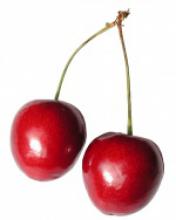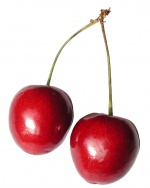Changing an argumentative view title
Posted by cafuego on Wednesday 8 December 2010.Using the taxonomy view to change how taxonomy listings are displayed is rather nifty. However, I found myself being asked by a client to make sure the page title (ie: the taxonomy term as set by the argument) was properly title-cased. That issue comes up from time to time on the #drupal-support IRC channel, so I suspected it would be easy, as many people had done this.


 I'm in the process of setting up
I'm in the process of setting up